Kapalbhati is a powerful pranayama practice which, traditionally, is used before meditation. It’s also one of the Shatkarmas — a series of traditional cleansing practices. This is because its forceful and cleansing effects allow any pent up emotion to be released, and clear the mind of repetitive thought patterns — leaving you feeling calm and ready to focus.
In Sanskrit, ‘kapal’ refers to the cranium, and ‘bhati’ means light, perception, or knowledge. Kapalbhati, then, is often translated as frontal cleansing breath. It awakens and moves energy through your brain, and both the subconscious and conscious mind. At the same time it revitalises the entire body by generating heat and building a rhythm from which momentum and motivation can grow.
When working with this technique, you put emphasis and force on the exhale, pushing the air actively out of the lungs; and allow the inhale to happen as a natural reaction to this forceful exhalation action.
This is the opposite of our natural breathing process — in which we actively draw air into our lungs, and then allow the exhale to happen passively. It is similar to bhastrika pranayama; but unlike in bhastrika, the inhalation here is a natural, restful process.
How to Practice Kapalbhati
Get comfortable. Find a seated posture that works for you. You could sit on the floor, ensuring that the hips are higher than the knees to prevent the knee joints from rotating too much — elevate the hips on a cushion or bolster if needs be. Or if you prefer, a chair is fine too! If you do sit on a chair, make sure both feet are flat on the ground and your back is comfortably upright and supported.
Rest the hands on the knees, and take a few minutes to come into the present moment by practising natural breath awareness.
When you’re ready:
Silently, take a breath in and then exhale through both nostrils with a forceful contraction of the abdominal muscles. This shouldn’t feel strained, but fast and light. The inhalation that follows is natural and effortless — an automatic process.
Do this 10 times. The inhales will start to come naturally, without effort, as the diaphragm responds by drawing downwards after those sharp and forceful exhales. Allow yourself to settle into a rhythm with this.
After 10 breaths like this, take a break. Allow the breath to return to a natural rhythm for 1 minute.
You have completed one round.
Your practice can last up to five rounds — but if you’re new to kapalbhati, do no more than 3 rounds in a sitting to begin with.
If you start to feel dizzy or nauseas while you’re practising, take a break or stop completely. This is supposed to be enlivening, vitalising and life-enriching, and shouldn’t make you feel unwell.
The benefits include:
You’re given a break from mind-chatter during kapalbhati practice. It clears muddled thoughts and interrupts emotional states, freeing you from overthinking, anxiety, and distractions
Improves memory, cognition and concentration by creating new neurological connections. The passive inhale means that a low basal volume in the lungs is maintained during this practice, and this contributes to the expansion of versatility in the brain centres which control breathing.
It purifies and cleanses the body, and increases the metabolic rate — improving digestion and boosting your energy.
It purifies and unblocks two of the main energy channels in the body; Ida and Pingala.
Physically, this practice is hugely beneficial for lung health — its positive effects are particularly noticeable for those who suffer from asthma, bronchitis, tuberculosis or other lung conditions. However, if you are feeling unwell you should always discuss with your doctor whether or not this technique is suitable for you.
It energises and invigorates the brain and paves the way for you to access deeper meditative states.
When Should You Not Try Kapalbhati?
This pranayama technique is not usually suitable for those who have high blood pressure; ulcers or a hernia; heart disease; epilepsy; vertigo; or those who have recently suffered a stroke. It’s best not to practice it you’re feeling generally unwell, either.
Fancy learning this practice? Join our private Facebook group Beyond The Sticky Blue Mat as I share free yoga practices, teachings and be the first to know about upcoming yoga events and retreats. Click here.
Click here to discover more pranayama techniques to expand your practice!
PS: If you enjoyed this blog click the like button below then share it with those you care for who can also enjoy and benefit from it. 😊

